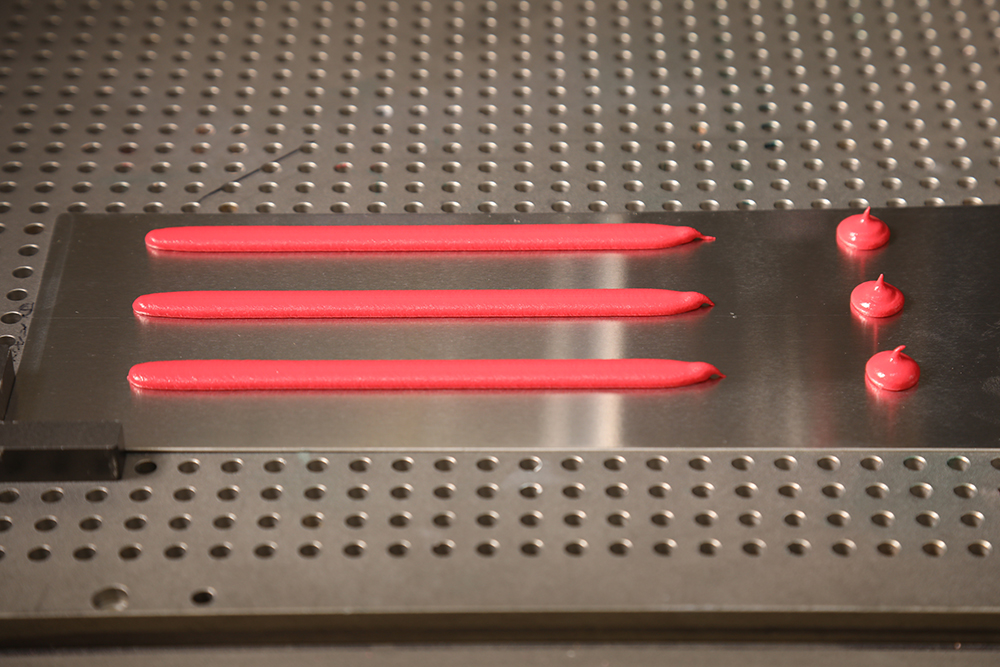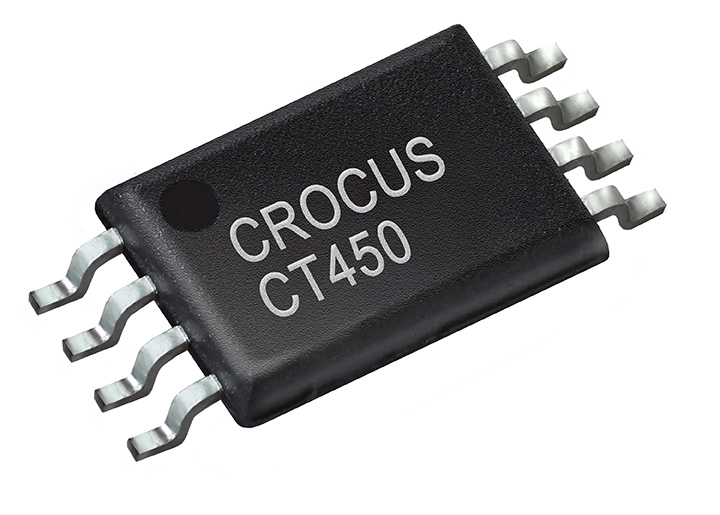[ad_1]
The article will be valuable for Electric Vehicle (EV) battery manufacturers as well as battery module and pack designers to help choose the right thermal interface material for battery pack needs. Two-component (2K) gap fillers provide customers with a variety of thermal conductivities and chemistries to choose from, which provide high dispense rates, reliable cure performance, and desired electrical properties. A noticeable rise in interest has been observed to reduce manufacturing complexity that comes with using 2K gap fillers. To address that need, where two-component mixing is not preferred by the end-user, a new isocyanate-free and non-silicone one-component (1K) gap filler has been developed by Parker LORD. 1K gap fillers help EV OEMs by reducing manufacturing and operational complexity. The new 1K solution is a low-density gap filler with excellent flow properties and low battery insertion stress.
A comparative analysis was performed by Parker LORD scientists to compare the advantages and trade-offs between 2K and 1K gap fillers. For a selected thermal conductivity gap filler, the comparison between 1K and 2K focuses on end-use properties of gap fillers such as density, flow characteristics, battery insertion stress, cure behavior, and environmental aging performance. As stated earlier, the 1K gap filler helps to reduce manufacturing complexity with a trade-off of reliable cure speed that a 2K gap filler offers. In addition, the variety in the 2K gap filler chemistries offers a wider range of flexibility in designing a product to meet challenging manufacturing and design requirements.
Thermal management of an EV battery pack is performed by a liquid-cooled metal plate commonly referred to as a cooling plate. The heat transfer from a battery to the cooling plate is aided by a thin layer of Thermal Interface Material (TIM), also referred to as a gap filler, that provides an efficient thermal pathway between the battery pack and the cooling plate. Parker LORD has been very receptive to OEMs’ requirements to develop tailored custom TIM solutions that arise from subtle differences in battery pack designs. The recent development of a newly formulated cell-to-pack thermal adhesive is a great example of such customer need responsiveness.
Some battery pack manufacturers began by using a thermally conductive gap pad. However, they do not provide effective heat transfer and are not ideal for mass production. As production rates increased, the industry shifted to liquid-dispensed gap fillers, where the 2K gap fillers are now widely preferred. One challenging aspect of using a gap filler is the reworkability of battery modules, which has been constantly addressed with improved design and next-generation gap fillers. As the industry is optimizing battery pack designs to improve thermal management, there is an additional push to increase the manufacturing throughput and reduce complexities that arise from using a 2K gap filler.
Tradeoffs Between 1k and 2k Gap Fillers
The main sources of complexities arise during the application process of 2K gap fillers. The illustration in Figure 1 highlights the sources of complexities. First, a precise control is needed in dispensing the two components to ensure that the final mix is at the optimum ratio, otherwise, material performance can be compromised. Second, no need for mixing elements in 1K allows for lower pressure to dispense the material at the same flow rate as in 2K. Additionally, no mixing elements in 1K also eases material application in space-constricted corners and edges, where it can be difficult for a 2K gap filler to apply due to a long mixing nozzle. Furthermore, the dispense system requirements for 2K gap fillers, such as pumps and shot meters, are twice as much as for 1K gap fillers and will increase initial capital investment.

These manufacturing and operational complexities can be addressed by a one-component gap filler. However, the manufacturing ease of 1K gap filler comes with a few trade-offs as depicted qualitatively on a slider chart in Figure 2.

The biggest trade-off is the dependence of 1K gap filler chemistry on not only environmental conditions for its cure performance but also on the bondline geometry, whereas the cure performance of most of the 2K gap filler chemistries is less dependent on environmental conditions and not at all dependent on bondline geometry. While a 2K gap filler provides a formulator with multiple approaches to tune its cure speed, a 1K gap filler has limited knobs in its toolbox to do the same. Additionally, chemistry selection diversity and market availability of 1K gap fillers are limited.
Gap Fillers for Thermal Management
There is a variety of 1K TIMs available in the market that are called thermal grease, thermal paste, or thermal compound. They are largely thermoplastic or pre-gelled TIMs. Parker LORD itself has an extensive portfolio of such thermal greases. For more information check out our e-book discussing thermal management for electronics.
For the purpose of this white paper, a 1K gap filler is defined as a thermally conductive thermoset. Parker LORD has developed a 1K gap filler from a modified silane (MS-polymer) chemistry referred to hereon as MS-1K. This prototype has no volatile silicones and hazardous isocyanates. It is a low density (2.0 g/cc) gap filler with a thermal conductivity of 2.0 W/m·K. In the study, a comprehensive comparison is performed between 2K and 1K gap fillers chosen from Parker LORD’s CoolTherm® portfolio, with a goal to assist OEMs and battery pack designers in making an informed decision when choosing the type of gap filler for their battery pack designs.
Choosing Between 1k and 2k Gap Fillers
With the data presented, it is evident that both 2K and 1K gap fillers have their own advantages and limitations. The choice primarily depends on the specific needs of the battery pack design and the production process. If simplifying manufacturing complexity is the primary goal and the process can handle environmental dependent cure, then a 1K gap filler may be a good choice. A 2K gap filler is a better choice if the material cure speed is the priority. Even with their manufacturing complexities, the cure speed of a 2K gap filler does not depend on bondline geometry and is much less dependent on environmental conditions. The variety of 2K gap filler chemistries also offers a wider range of flexibility in designing a product to meet challenging manufacturing and design requirements. Click here to view the full whitepaper which contains data and complete test results comparing 1k and 2k gap fillers.
Enabling Engineering Breakthroughs
At Parker LORD, they understand that EVs are the future. That’s why they infuse high-performance thermal interface materials with world-class service and support. Their experts are highly responsive and specialized in custom formulations in multiple chemistries to meet your performance, cost, and schedule targets. If you have a specific question or would like to learn more, reach out to a member of their team today.
[ad_2]
Source link




